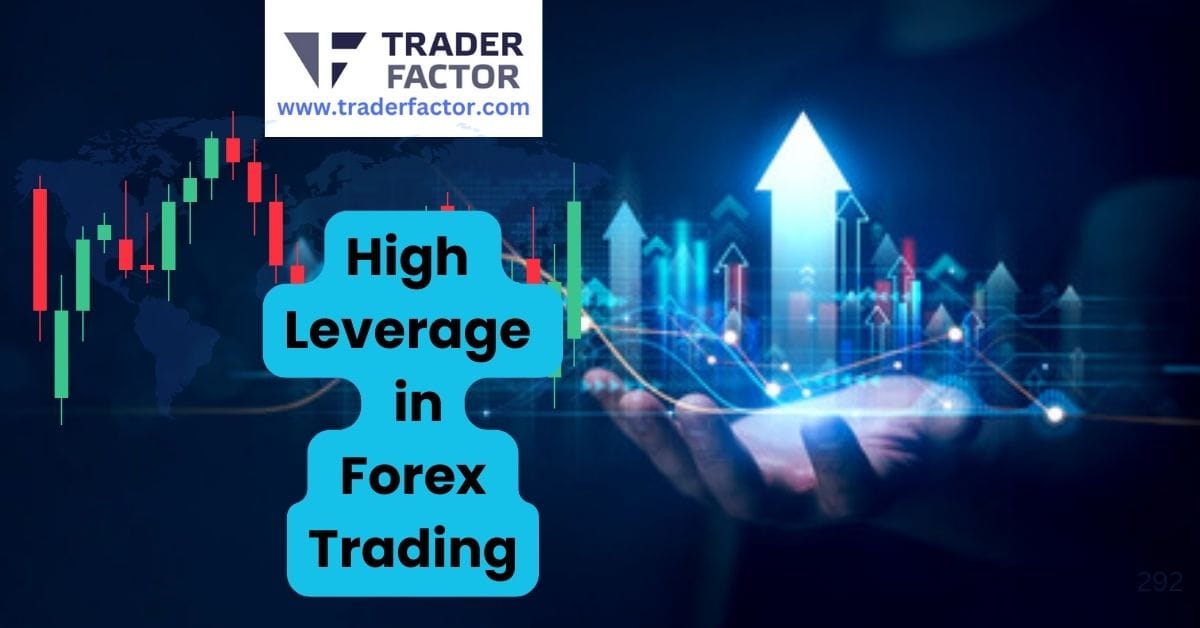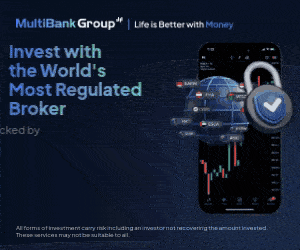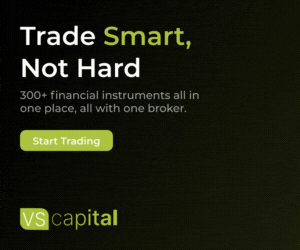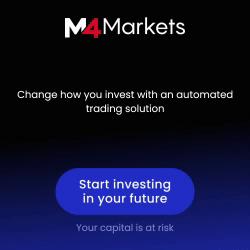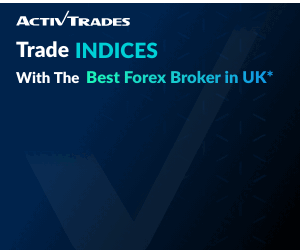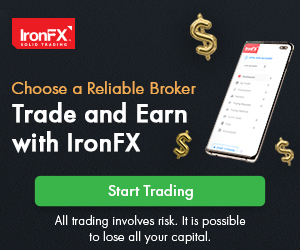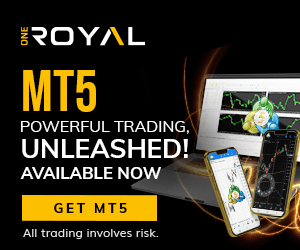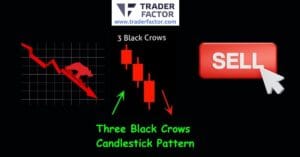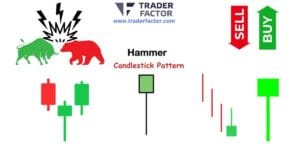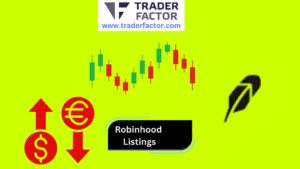Have you heard about using leverage in forex trading? Leverage can help you trade with more money than you actually have in your account, making it appealing to beginners and experienced traders alike. But here’s the thing, while it can boost your profits, it also increases your risks. If you’re new, understanding how leverage works is crucial before jumping in. Questions like “What is leverage in forex?” and “What’s the best leverage for a $10 account?” might have crossed your mind. Don’t worry! By the end of this discussion, you’ll know how to use leverage responsibly and find brokers offering high leverage.
Table of Contents
ToggleHow Does High Leverage Work in Forex Trading for Beginners?
When you trade forex, leverage acts like a loan from your broker, letting you control bigger positions without investing a large amount of money upfront. The higher the leverage ratio, the larger position you can open with a smaller deposit.
It sounds simple, but it’s important to know how it works in detail.
Here’s a breakdown:
Leverage Ratio
The leverage ratio tells you how much your trading power multiplies.
For example, with a 1:100 leverage ratio, if you deposit $100, you can trade as if you have $10,000. Some brokers even offer staggering ratios like 1:5000 or 1:10000 leverage.
💡 But remember, high ratios can amplify both your profits and losses.
Leverage and Lot Size
Lot size refers to the amount you trade in the forex market. With a high leverage ratio, you can trade larger lot sizes even with a small deposit.
Say you have $50 and your broker offers 1:3000 leverage, you can trade up to $150,000 in this case. The forex leverage calculator can help you figure out the lot size you can afford.
Leverage and Margin Calls
Leverage always comes with a margin requirement.
For example, if you have a 1:500 leverage, you only need 0.2% of the trade’s value to open it. But if the market moves against you, your broker might hit you with a margin call, asking you to add more funds.
💡 Keep in mind that, too much leverage increases the risk of losing all your money quickly.
Example Using Maximum Leverage
Imagine you’re using 1:1000 leverage and trading $100,000 worth of EUR/USD with just $100 in your account. If prices move in your favor by 1%, you gain $1,000. But if they drop 1%, you lose all your capital.
Example Using Less Leverage
Now, with 1:100 leverage, your $100 can trade up to $10,000. If the market moves 1% against you, you lose $100, which is your entire deposit. While the loss is still significant, lower leverage reduces the speed at which you can lose money.
💡 So, what is leverage in forex for beginners? It’s a tool that can either work for or against you, depending on how you use it.
How Can Leverage Impact Your Trading? Risks of Leverage in Forex
Leverage is like a double-edged sword. While it can multiply your returns, the risks are equally high. This is why many traders ask, “What’s the best leverage for a $10 account?” or “Should I use unlimited leverage brokers?”
💡Don’t forget, the higher the leverage, the faster you can make or lose money.
Strategies to Mitigate Leverage Risk
To use leverage wisely and avoid losing your investment, follow these strategies:
Use Lower Leverage Ratios
Start small. Instead of going with 1:5000 or 1:10000 leverage, consider something more reasonable like 1:100. Lower ratios can keep you in control.
Set Stop-Loss Orders
A stop-loss order automatically closes your trade when the market hits a certain point. This limits how much you lose.
Use Risk-Reward Ratios
For every dollar you risk, aim for at least $2 in potential profit. This way, even if you lose half your trades, you can still come out ahead.
Limit Position Size
Avoid trading more than 1-2% of your account balance on a single trade. If you have $500 in your account, limit each trade to $5-$10 risk.
Diversify Your Trades
Don’t put all your money in one currency pair. Spread it out across multiple pairs to reduce risk.
Monitor the Margin Levels
Your margin level tells you the health of your account. Keep it above 100% to avoid margin calls. If it dips, either add funds or reduce your trades.
Practice With Demo Accounts
Before trading real money, use a demo account. You can learn how a 1:100 or 1:500 leverage affects your trades without risking your savings.
High Leverage Brokers Examples
If you’re ready to trade with high leverage, you’ll need a broker that offers these options.
Here are three well-known names:
1. M4 Markets
M4 Markets is a top pick among high-leverage brokers, offering leverage of up to 1:5000, making it one of the highest leverage brokers in forex. This impressive option is ideal for experienced traders aiming to control large positions with relatively small capital.
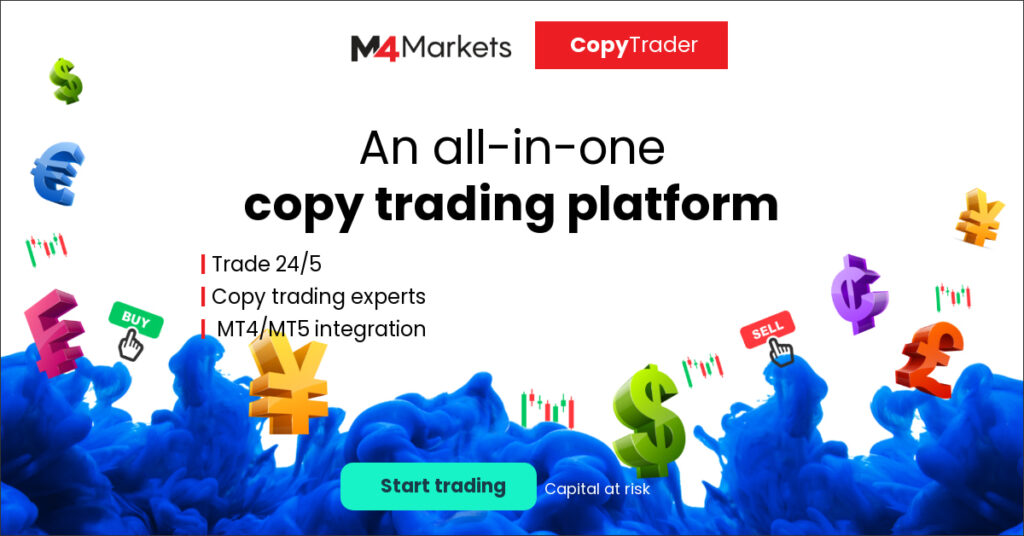
Key Features of M4 Markets:
- Leverage up to 1:5000: Maximum leverage on forex majors, allowing greater flexibility in trading strategies.
- Low initial deposit: Start trading with just $5, making it accessible for beginners.
- Multiple trading platforms: Trade on MT4, MT5, or cTrader for advanced charting and analysis tools.
- Raw spreads from 0 pips: Ideal for reducing trading costs, particularly valuable for high-frequency traders.
- Dynamic Leverage Accounts: Adjusts leverage based on your trading volume, offering better control over risk.
- Regulated broker: Operates under CySec, DFSA, and FSA, ensuring a safe trading environment.
2. MultiBank Group
MultiBank Group is another trusted broker that combines regulatory compliance with generous leverage options. It provides leverage of up to 1:500, appealing to those who wish to balance trading power with moderated risk.
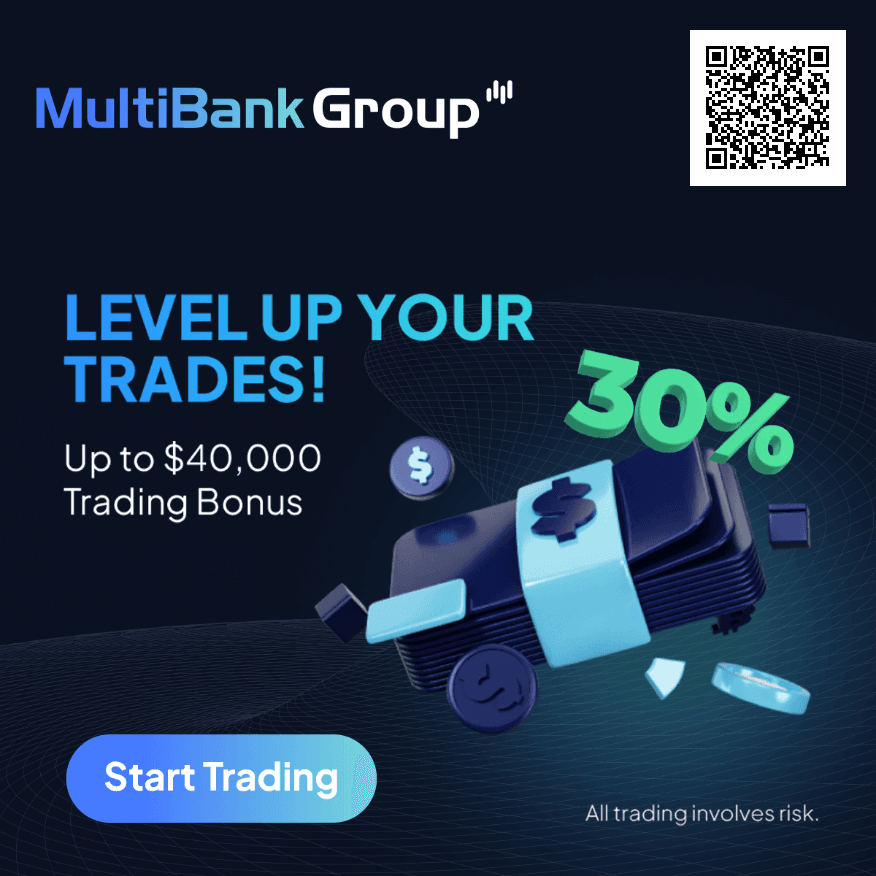
Key Features of MultiBank Group:
- Leverage up to 1:500: A strong choice for traders looking for high, yet manageable, leverage ratios.
- User-friendly platforms: Offers MT4, MT5, and a proprietary MultiBank-Plus platform for easy and effective trading.
- Wide range of markets: Trade forex, commodities, indices, and more.
- No withdrawal fees: Withdraw profits without worrying about extra charges.
- Strict regulatory compliance: Overseen by multiple authorities like ASIC, MAS, and MiFID.
- Educational resources: Easily accessible materials to help traders improve their strategies.
3. OneRoyal
OneRoyal offers a robust trading environment with a leverage option of up to 1:1000, making it suitable for traders seeking significant exposure to the forex market.
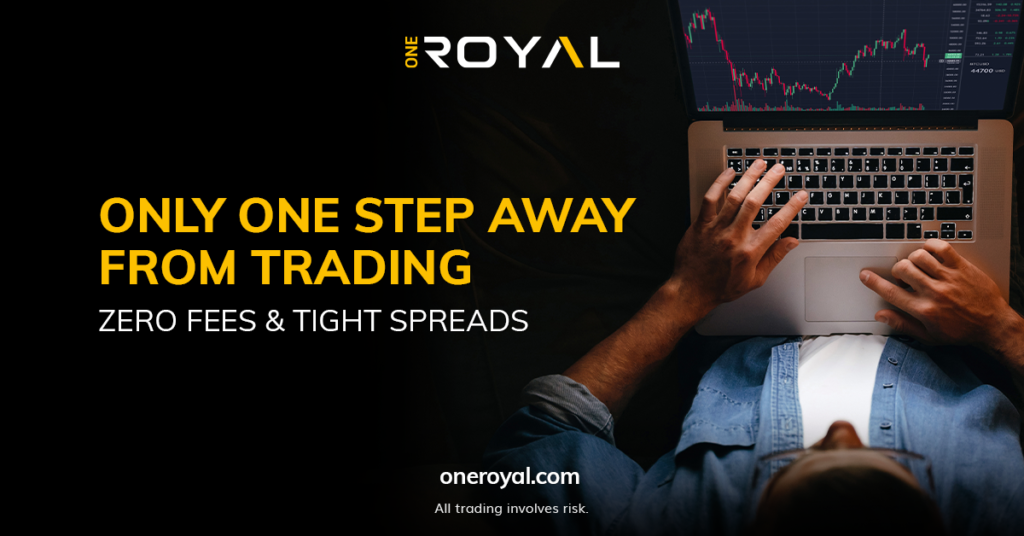
Key Features of OneRoyal:
- Leverage up to 1:1000: Offers traders the ability to maximize their return potential.
- Low minimum deposit of $50: Accessible to traders with a small starting capital.
- Raw spreads starting from 0.4 pips: Keeps trading costs low and transparent.
- High-speed trading environment: Utilizes advanced technology for quick trade execution.
- Secure trading environment: Implements fund segregation and strong compliance measures for client protection.
- Free premium trading tools: Access to MT4 Accelerator, Copy Trading features, and Trading Central.
Why Choose High Leverage Brokers?
These brokers—M4 Markets, MultiBank Group, and OneRoyal—are tailored for traders who wish to amplify their trading positions. Whether you’re intrigued by 1:5000 leverage brokers, 1:1000 leverage options, or simply want to explore your leverage calculators to manage lot sizes effectively, these brokers provide the tools and platforms you need.
💡Be sure to check leverage brokers’ reviews to find one that fits your needs.
Conclusion
Leverage is a powerful tool in forex trading, but it can be risky if you don’t handle it properly. Whether you’re working with 1:100 leverage or trying out 1:5000 leverage brokers like M4 Markets, the key is understanding how it works and managing your risks. Use strategies like stop-loss orders, lower position sizes, and diversification to protect yourself. Explore leverage brokers’ lists, make use of a forex leverage calculator, and always practice on demo accounts first. When used wisely, leverage might just be your best ally in forex trading.
Disclaimer:
All information has been prepared by TraderFactor or partners. The information does not contain a record of TraderFactor or partner’s prices or an offer of or solicitation for a transaction in any financial instrument. No representation or warranty is given as to the accuracy or completeness of this information. Any material provided does not have regard to the specific investment objective and financial situation of any person who may read it. Past performance is not a reliable indicator of future performance.

